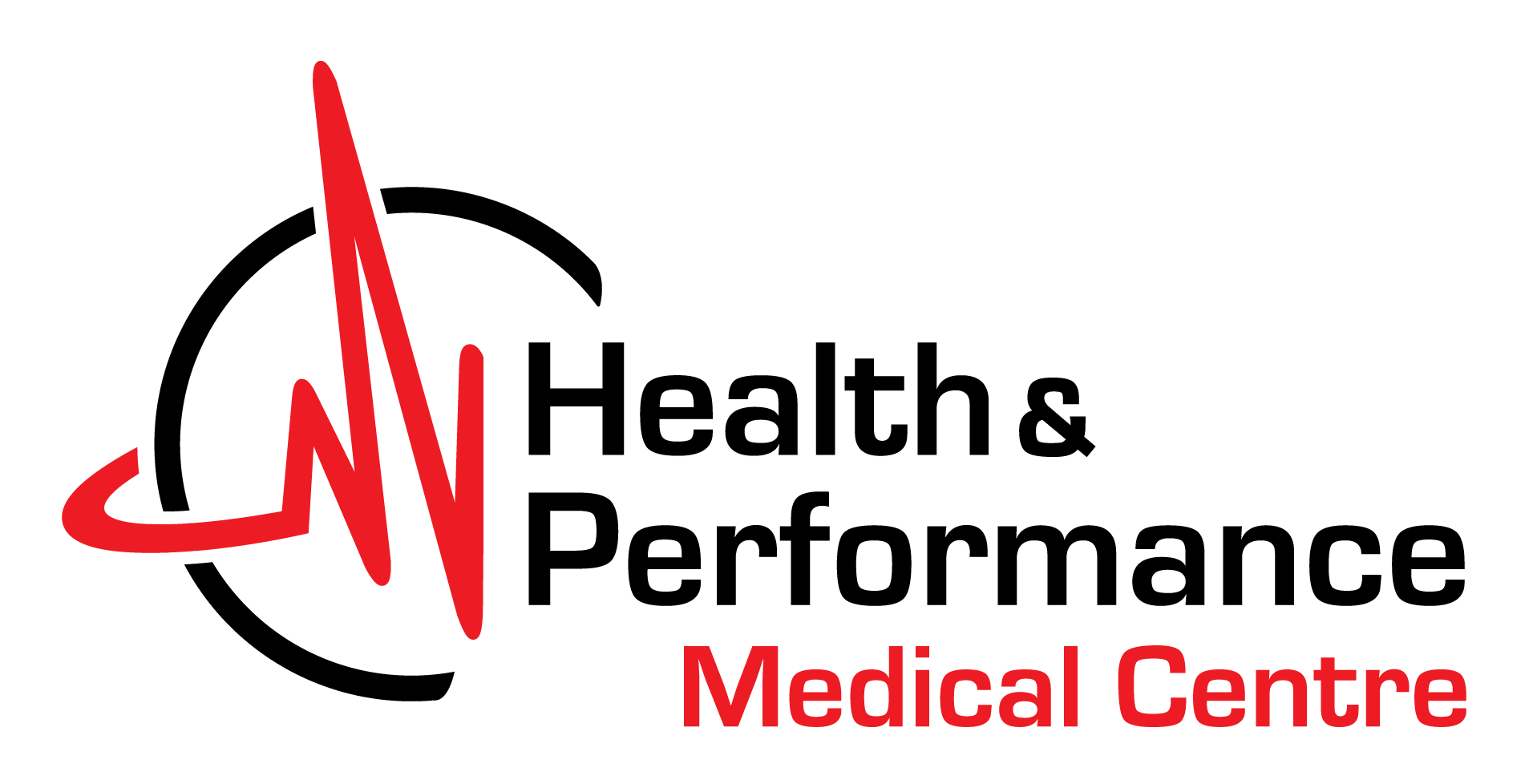
What is Osteopathy?
Osteopathy is the fastest-growing practice in the Canadian medical field. Recognizing that the body is self-healing, Osteopathic Manual Practioners (OMPs) spend four years, and 1210 hours training to learn about the body’s structure, function and ability to self-regulate. Osteopathy is a hands-on approach used by OMPs to diagnose, treat, and prevent a wide range of health conditions. It emphasizes the body’s ability to heal itself and the interconnectedness of its systems. Essentially, it means that when our systems are in alignment, it increases the body’s ability to self-regulate and self-heal.
There are several osteopathic techniques, each with its own specific applications* and benefits. They include soft tissue techniques, myofascial release, muscle energy technique, cranial osteopathy and strain-counterstrain. In our clinic, Dan Sheppard, RMT, OMP, is a registered Osteopath and ready to discuss if this treatment is right for you!
*You can read more information about these techniques below.
Osteopathy can have many benefits, including pain relief, improved mobility, enhanced circulation and stress reduction. It is also a support and enhancement for other medical treatments. It’s important to note that treatment is tailored to each individual patient and their specific needs, including an assessment of your overall health, medical history, and current condition. It is a non-invasive and holistic approach, with the goal of restoring the body’s natural balance, function and well-being.
Manual therapy means that a practioner will use their hands to both diagnose and treat; working with the position, mobility and quality of muscle tissue, osteopaths depend on the finesse and quality of their palpations (pressured hand movements). It works to balance nervous, circulatory and lymphatic systems*, improving your range of motion and relieving discomfort or other symptoms. While massage may focus on releasing tension and relieving pain in one particular body part, osteopathy is a whole body approach that takes into consideration the entire body, and not just the injured body part. The aim is to restore function in the body as a whole, by treating the causes of pain and imbalance throughout.
*You can read more about the lymphatic system below, in the link to the National Library of Medicine.
The goal of treatment is to:
- get to the root cause rather than to simply treat a patient’s symptoms;
- relieve pain and discomfort;
- improve motion restrictions;
- improve circulation and lymphatic drainage; and
- encourage the body’s innate ability to heal.
An osteopathy treatment may be covered by your insurance provider (see list at the end of this post*). Call today to book your appointment, and begin to improve your health!
*References:
National Library of Medicine, Lymphatic System: https://www.ncbi.nlm.nih.gov/books/NBK279395/
Canadian Academy of Osteopathy: https://canadianosteopathy.ca/about-osteopathy/
*Osteopathy techniques:
- Soft tissue techniques: These techniques involve stretching, gentle pressure, and resistance to improve the function of muscles and other soft tissues. Soft tissue techniques can help relieve muscle tension, improve circulation, and enhance overall musculoskeletal function.
- Myofascial release: This technique focuses on releasing tension and restrictions in the fascia, the connective tissue that surrounds muscles, bones, and organs. Myofascial release can help improve mobility, reduce pain, and restore proper function of the affected areas.
- Muscle energy technique: This technique involves the active engagement of the patient’s muscles in a specific direction and against a counterforce provided by the osteopathic physician. Muscle energy technique can help restore proper muscle balance, improve joint mobility, and relieve musculoskeletal pain.
- Cranial osteopathy: This technique involves the gentle manipulation of the skull and its subtle movements, known as cranial rhythmic impulse, to address various health issues. Cranial osteopathy is often used to treat headaches, TMJ (temporomandibular joint) disorders, and other conditions related to the head and neck.
- Strain-counterstrain: Also known as positional release, this technique involves finding tender points or areas of muscle spasm and then passively positioning the body in a way that reduces the tension and discomfort. Strain-counterstrain can help alleviate pain, improve mobility, and restore proper function of the affected muscles and joints.
*Insurance Carriers that are known to cover Osteopathy:
Manulife, Sunlife, Empire Life, Greenshield, Desjardins, Manion, Benecaid, Claimsecure, Johnson Inc, Johnston Group, Blue Cross (Not all Provinces), Medavie Blue Cross, Grouphealth, Chamberes of Commerce, Wilkins and Associates Ltd, Nextgen, Cooperators, Cinup, SSQ, RBC, Industrial Alliance (Not all Provinces).
